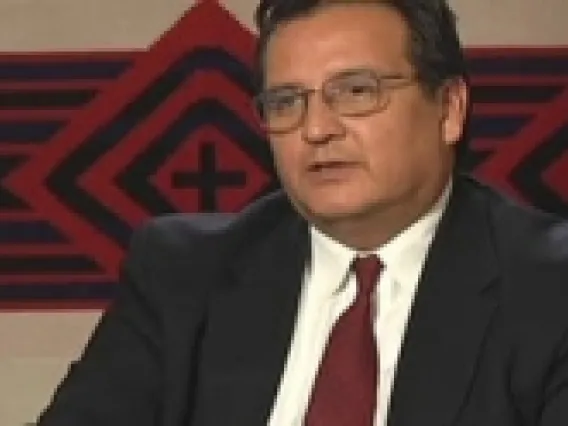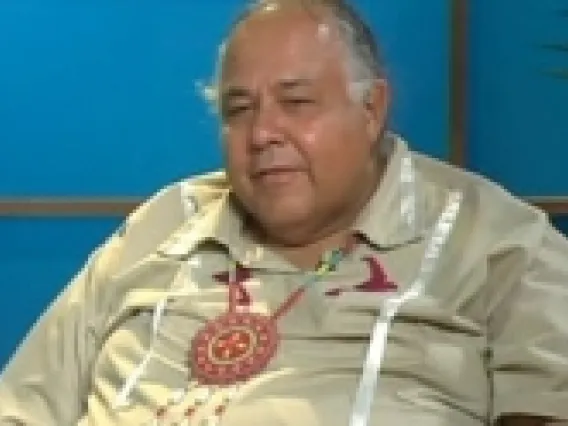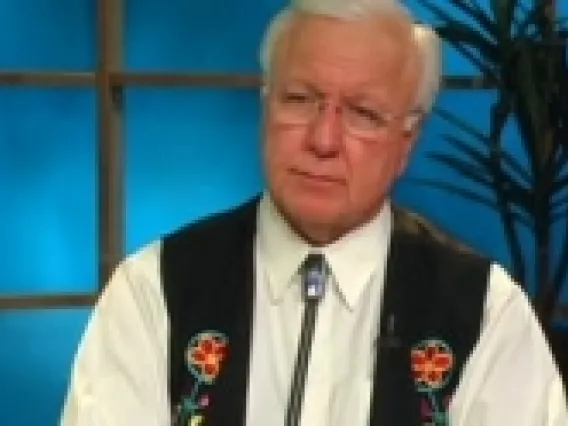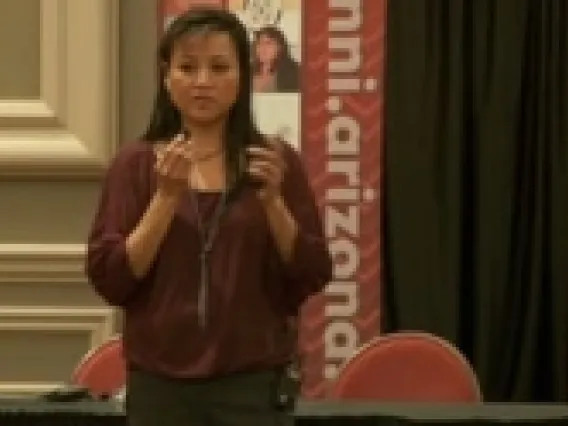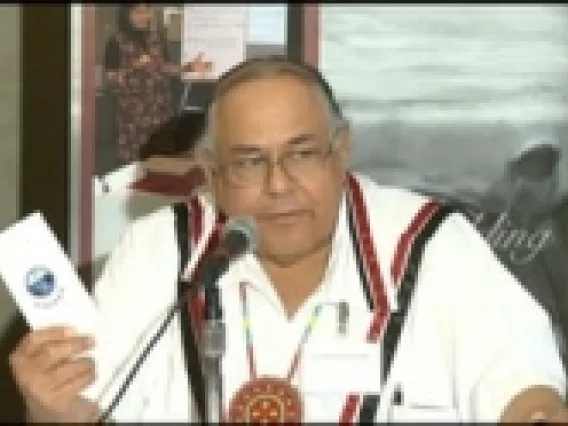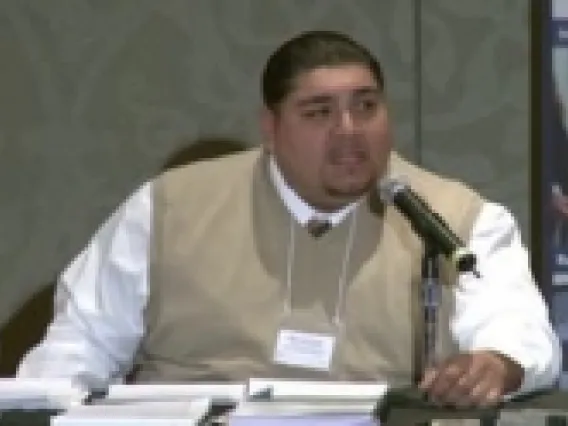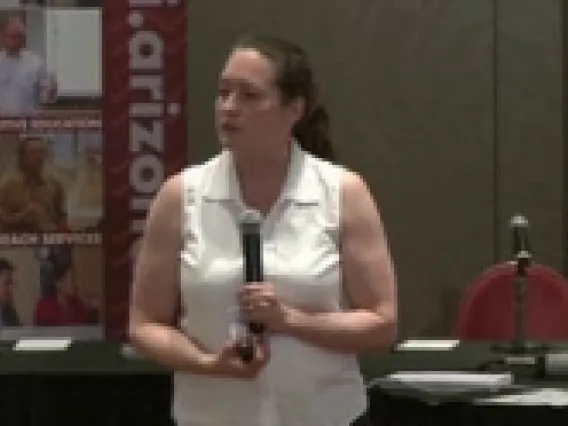LIVING
How do we live with our new constitution?
The impact of constitutional change on tribal government
1 | Change is just the beginning
Constitutional change processes do not necessarily end with adopting amendments, making revisions, or forming a new constitution. These processes alter the landscape of governance and may require new ways of thinking and governing.
One result can be growing pains. As the organization or procedures of government change, both those using new constitutional provisions and those subject to them have to adjust. While adjustment may simply be a matter of becoming comfortable with new procedures, it may also require changes in the political culture of the nation. For example, leaders and citizens may need to let go of old habits of dependence or deference and become accustomed to new roles or responsibilities.
The process of adjustment can be helped along in various ways. Civic education can help the community understand what to expect and how to make the best of a new governing system. Orientations for government officials and employees can introduce new ways of doing things. Constitutional interpretation by a court or other decision-making body can provide guidance on how the nation should operate under new or revised rules. Whatever the specific steps involved, the point is to facilitate the transition to new ways of governing and make the nation’s constitution an effective guide to action.
2 | Some strategies in support of implementation
Constitutional changes may require changing how the government is organized. Most of the operational details of government will not be found in the constitution. New laws and codes may be needed to help convert a new constitution into effective day-to-day governmental operations. For example, an election code may be needed where one did not exist before. Perhaps the relationships among different portions of the nation’s government will need to be rethought. Administrative policies and procedures may need to be adjusted. Some positions may be discontinued while others may be created.
Depending on the scope of change the nation is making, timing may be important to consider. Some Native nations have timed the implementation of constitutional changes to coincide with elections, putting newly elected leaders into newly designed roles. Others have laid out timelines for the adoption of new procedures, phasing in changes and letting people know ahead of time what to expect and when.
Questions to Consider:
- What changes in our existing governmental organization and operations do we need to make to match our updated constitution?
- Do we need to think about appropriate timing of implementation? All at once? Piece by piece?
- How do we be sure the community understands reorganizational steps we may have to take?
Related Resources:
Changing the organization of government doesn’t always change leaders’ or citizens’ expectations of government, and this can be a problem.
For example, colonial policies generally encourage a political culture of deference and dependence. Native nation leaders learn to look to external governments (in Washington, or Ottawa, or Canberra, for example) for authority and funding while citizens learn to look to their own government to then pass on those resources or services and solve their problems.
One of the purposes of constitution-making or constitutional change is to empower the Native nation’s own government and break the pattern of deference and dependence. But old expectations and behaviors may be hard to shake off. Accustomed to looking to outsiders for funds, some nations may find it hard to search for new ways to generate revenues that don’t leave the nation hostage to external decision-makers. Some leaders may be reluctant to give up old roles where they controlled all the resources coming into the community. Some citizens may continue to see their own government’s job as distributing benefits and solving everyone’s problems. If those in the newly organized government are so used to old ways of mixing lawmaking and administration or business and politics, they may find it difficult to accept new roles or boundaries.
A new or altered constitution may therefore require new expectations, roles, and behaviors. In effect, this means a changed political culture in which the nation accepts responsibility for its own future, leaders place the welfare of the whole above family or factional politics, and citizens see government less as a source of bennies and more as a source of leadership in pursuit of a long-term vision of what the nation can be.
Leadership training can help legislators and elected officials learn to manage new responsibilities and respect new roles. Orientations for government employees can introduce new ways of doing things. Civic education can help restore old values of responsibility and collaboration, instill new concepts of what governing means, and change citizens’ expectations of government and each other (see more on civic education in the next section).
Questions to Consider:
- What is our Native nation's current political culture?
- In what ways does our political culture need to change to support our constitutional changes?
- What steps can we take to help leaders and citizens rethink what government is and what their own responsibilities are?
Related Resources:
One way to help citizens and leaders understand constitutional changes, clarify the nation’s goals, and rethink their roles in achieving those goals is to invest time and energy in civic education. What some nations in the United States call “tribal civics” education would answer questions such as: What rights—and what responsibilities—do we have as citizens? What does nation rebuilding involve? What is the proper role of government? How can we strengthen our own government, make sure it reflects our values, and help it serve our shared goals?
Civic education can take many forms. For example, the Little Traverse Bay Bands of Odawa Indians printed pocket-sized copies of the nation’s constitution and distributed them to every household, encouraging all their citizens to read and understand the document. For a time, the Cherokee Nation required all its employees to take a college-level course in Cherokee history, a course which was made available also to other interested citizens of the nation. The Prairie Island Indian Community contracted with the Native Nations Institute to educate the community and elected leadership about what a tribal constitution is and about leadership’s role under a constitution. The Lac du Flambeau Tribe contracted with a local community college to teach a class in tribal governance and provided release time to any employees who chose to enroll. The Gila River Indian Community (GRIC) Youth Council has hosted their own version of “Close Up”: rather than traveling to Washington, DC to learn about American government, school-age tribal citizens travel to Sacaton, capital of the Gila River Indian Community, to learn about GRIC government.
Questions to Consider:
- Should we make a civics curriculum available to our citizens?
- What content should we teach? Who should teach it?
- How can we best engage all our citizens—both youth and adults—in civic education, in understanding our constitution, in talking about nation rebuilding, in talking about what it means to govern?
Related Resources:
Ideally, the meaning of a constitution is clear from the document itself. But constitutions, like many governmental documents, are subject to interpretation. Once a Native nation adopts and begins to implement its new or revised constitution, at some point someone will wonder, “What did the writers mean with this phrase?” Or a legal question will turn on the interpretation of a particular section of the document. Much could depend on the answers.
This gives great importance to constitutional interpretation. Who will have the right–and the responsibility–to interpret the nation’s constitution?
A growing number of Native nations rely on their own courts for interpretation, which can be very effective as long as those courts are insulated from political interventions (itself a key provision in many nations’ new constitutions). Others identify specific groups that will have responsibility for interpretation. For example, in its constitution, the Mohegan Tribe of Indians provides to its Council of Elders the authority to interpret and rule on questions about what the constitution means.
But even these expert bodies need guidance. Some nations direct decisionmakers to rely on long-established customs or traditions in making decisions about constitutional interpretation. Others have developed ways to document–and thus clarify–“constitutional intent,” or what it was that constitution-makers were thinking when they crafted the document. For example, a book and a book chapter, respectively, have been written about the Osage Nation’s and White Earth Nation’s constitutional deliberations. The authors were present at and essentially served as official note-takers during those foundational conversations.
The point is that constitutional interpretation provides an ongoing way for a nation to work out how to live by its own rules.
Citations: Jean Denison, Colonial Entanglement: Constituting a Twenty-First-Century Osage Nation (Chapel Hill: University of North Carolina Press, 2012).
Gerald Vizenor, “Constitutional Consent: Native Traditions and Parchment Rights,” The White Earth Nation: Ratification of a Native Democratic Constitution (Lincoln: University of Nebraska Press, 2012), pp. 9-62.
Questions to Consider:
- Who is responsible for interpreting our constitution?
- To what extent does our constitution permit flexibility in interpretation?
- What role should our judiciary have in interpreting our constitution?
Constitutions In Action:
Mohegan Tribe: Judiciary Functions/Dispute Resolution Excerpt
Related Resources:
3 | Looking ahead
You can think of a constitution as a body of fundamental law: the basic principles and procedures by which a nation governs on behalf of its own vision of the future. In this sense it is an precious asset, a source of strength, and a critical part of a people’s way of being in the world. But it need not be written in stone.
Even when a new governing structure works for a while, circumstances often change. A change in the external legal or political environment or a change internal to the nation itself may warrant further constitutional work, leading to further revisions or amendments. In short, there is no guarantee that a new or altered constitution will solve all the problems of the old, or that a given governing structure will always be adequate or appropriate to the nation’s needs.
One way to cope with this uncertainty about the future is to undertake periodic assessments, considering whether further changes may be necessary. Among other things, a plan for periodic assessment may reassure some citizens who are skeptical of constitutional change. It promises them that if things don’t work as well as they had hoped, there will be an opportunity for further work. In a sense, it conveys that this is a living asset, responsive to the nation’s deepest sense of itself and its core cultural principles, but also to the realities of a changing world.
Such periodic assessments have been incorporated into a number of Native constitutions. For example, the constitution of the Cherokee Nation requires that at least once every twenty years citizens vote on whether to hold a constitutional convention. Each generation gets a chance to make sure that the constitution is up to the challenges of the times.
But those involved in constitutional processes also have to recognize that no constitution can anticipate all future developments. What’s important is to outline the nation’s governing values or principles, the relationships among the parts of government, the distribution of responsibility or authority in decision-making, the appropriate roles of citizens and governmental officials in governing, and similar fundamental issues. These matter more than trying to guess all the future challenges the nation might face or providing detailed descriptions of how everything should be done. Overly specific language can cripple government by tying it to processes that may become obsolete under changing conditions or may so limit action that government cannot respond effectively to new challenges.
This means that those drafting a constitution should consider carefully how much detail should be in the constitution and how much can be left to legislation or other ways of setting rules for how things should be done. For constitutional purposes, principles, values, and distributions of responsibility and authority matter more than the details of day-to-day activity.
Once a Native nation adopts and begins to implement its new or revised constitution, at some point someone will wonder, “What did the writers mean with this phrase?” Or a legal question will turn on the interpretation of a particular section of the document. Much could depend on the answers.
–Dr. Stephen Cornell

